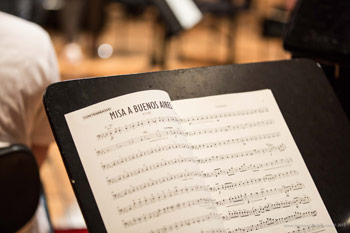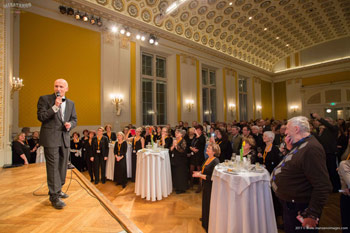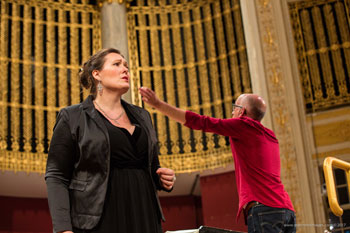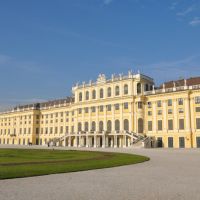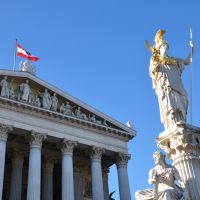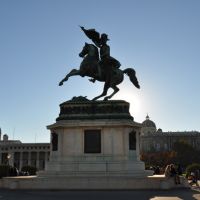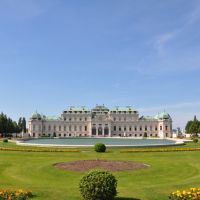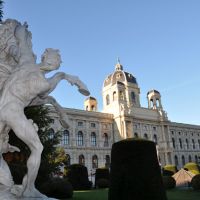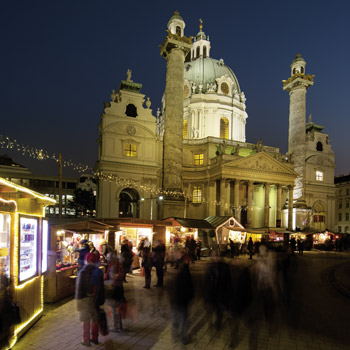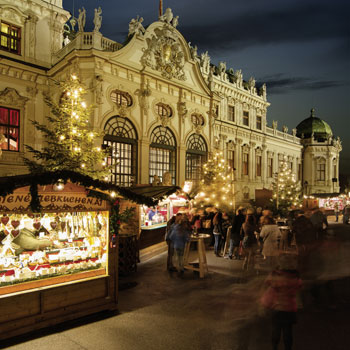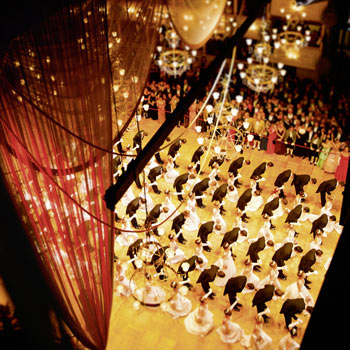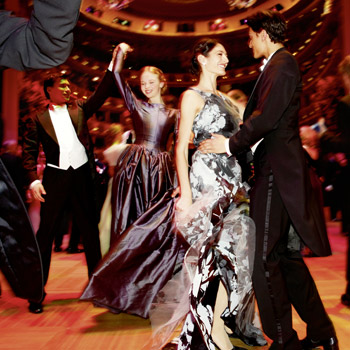Vienna, 2022
Misatango Festival
We are inviting choirs and individual singers from all over the world to come and perform this music in the famous Wiener Konzerthaus under the baton of Maestro Saul Zaks and with the renowned composer Martin Palmeri!
World Premiere: Salve Regina – Misatango Festival
We are inviting choirs and individual singers from all over the world to celebrate and perform Misatango and the World Premiere of Salve Regina by Martin Palmeri at the Vienna Konzerthaus! Individual singers as well as choirs are welcome!
The Misatango and the Salve Regina are written by the Argentinean composer Martin Palmeri and conducted by the Argentinean Grammy Award Nominee conductor Saul Zaks. There are choral works written for soprano soloist, bandoneon, strings, piano and mixed SATB choir. Both pieces have a similar level of difficulty.
Both works manifest Palmeri's splendid talent for integrating stylistic features of the tango into his compositions. The marvellous employment of the bandoneón, sometimes as a singing voice, then again as a rhythm instrument, assures the preservation of the "tango soul." It is with excellent melodic and ingenious richness that Palmeri mixes the various tone colors of the tango with the various characteristics of the individual parts of the liturgical text.
We are inviting choirs from all over the world to come and perform this two beautiful pieces of music in the famous Wiener Konzerthaus under the baton of Maestro Saul Zaks and with the renowned composer Martin Palmeri!
Schedule, November 16 - 20, 2022
Day 1 - November 16
Arrival in Vienna. Check-in Hotel (Four Star Hotel)
Time to relax
Self-arranged lunch and dinner
Overnight Vienna (1)
Day 2 - November 17
Breakfast at hotel
** Rehearsals & Workshops planned at the Wiener Konzerthaus**
10:00 – 10:30: WELCOME CEREMONY
10:30 – 11:15: Singers Workshop with Maestro Martin Palmeri
Lunch on own arrangements or optional programs (to be determined on request)
12:30 - 13:30: Tango Workshop
14:00 – 19:30: Choir Rehearsal with Maestros Saul Zaks & Martin Palmeri
Dinner on own arrangements or optional programs (to be determined on request)
Overnight Vienna (2)
Day 3 - November 18
Breakfast at hotel
** Rehearsals planned at the Wiener Konzerthaus**
10:00 – 12:30: Choir Rehearsal with Maestros Saul Zaks & Martin Palmeri (Misatango)
Lunch on own arrangements or optional programs (to be determined on request)
14:00 – 16:30: Choir Rehearsal with Maestros Saul Zaks & Martin Palmeri (Misatango & Salve Regina)
Dinner on own arrangements or optional programs (to be determined on request)
17:00 – 20:00: Orchestra Rehearsal with Maestros Saul Zaks & Martin Palmeri (Misatango - orchestra only)
Overnight Vienna (3)
Day 4 - November 19
CONCERT DAY – KONZERTHAUS
Breakfast at hotel
Free Time for Choirs or optional programs (to be determined on request)
Tango Workshop possible
Lunch on own arrangements or optional programs (to be determined on request)
14:30: Arrival of the choirs - leave all things at wardrobe
15:00 – 18:00: Choir & Orchestra Rehearsal with Maestros Saul Zaks & Martin Palmeri (Misatango & Salve Regina)
Choirs already dressed / Dress Code:
women: covered shoulders and upper arms, either trousers&top or skirt&top/dress with non-transparent black tights, black concert shoes, discreet jewellery
men: black long-sleeved shirt, with or without jacket, black trousers, black concert shoes
19:30: CONCERT STARTS
1st Part: Salve Regina (aprox. 15 min) and aftewards selected pieces from the home countries of the participating musicians and singers – total aprox. 60 min
(Individual Choir performances a 5min each / without piano)
Break (20 min)
Grande Finale: MISATANGO – aprox. 60 min
ALL TOGETHER 2,5 HOURS OF PROGRAM! Concert finishes at approx. 22:00!
VIP Dinner reception for all Participants (Choirs, orchestra, Bandoneon, Mezzosoprano, VIP Patrons)
Overnight Vienna (4)
Day 5 - November 20
| DEPARTURE DAY OR POST TOUR|
Breakfast at hotel
Departure of the groups
Pre- / Post-tour can be arranged
Optional programs for the freetime for any day of the festival can be arranged.
Program is subject of confirmation.
General Advice - Health & Safety:
We are taking all special measures relating to the Covid pandemic into account. The participants of the event are asked to comply with the current Covid rules of the Austrian government on their own responsibility. The organizer accepts no liability in the event of infection.
While wearing a mask is only obligatory in public transport we also recommend wearing a mask when gathering in closed rooms such as the Wiener Konzerthaus.
As a preventive measure the Festival staff will be wearing a mask.
